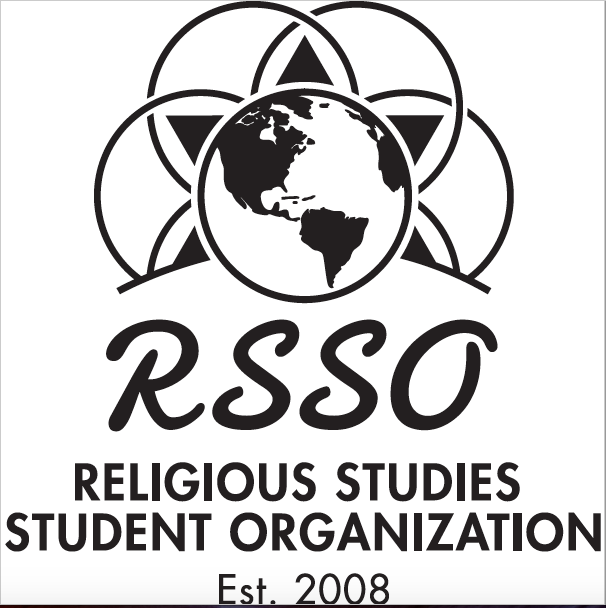Moderator
Dr. Deanna Wesolowski
Start Date
13-4-2019 9:45 AM
End Date
13-4-2019 10:45 AM
Abstract
Ecumenical discussions between Eastern Orthodox Chalcedonians and Oriental Orthodox Non-Chalcedonians have reached some major agreements in the last 30 years, but recently these talks have cooled. The 13th century Non-Chalcedonian bishop of the Syriac Orthodox Church, Bar Hebraeus, established many of the main talking points between the Chalcedonian imperial church, the Non-Ephesine Church of the East, and his own church. Bar Hebraeus’s encyclopedic knowledge came from a variety of sources, Christian and otherwise. He wrote on science, philosophy, theology, history, and more. He was a true polymath of the Syriac Renaissance.
In this paper, I show the development of Bar Hebraeus’s ecumenical sympathies through several of his works: The Lamp of the Sanctuary, The Book of Directions, The Ecclesiastical Chronicle, The Book of the Dove, and The Laughable Stories. The Book of the Dove shows his irenic ecumenism at its height, where he began as more reserved in his attitudes towards other churches.
Inter-communion was not established in the 13th century, nor has it been established since. I conclude this paper with an examination of the current state of discussion between Chalcedonian and Non-Chalcedonian churches, with an aim to see how Bar Hebraeus’s Christological opinions might add to the discussion. He addressed the Christological differences, and agreed statements have been issued on these questions. It is now the liturgical and ecclesiastical differences that remain.
The Development of Bar Hebraeus’s Ecumenism
Ecumenical discussions between Eastern Orthodox Chalcedonians and Oriental Orthodox Non-Chalcedonians have reached some major agreements in the last 30 years, but recently these talks have cooled. The 13th century Non-Chalcedonian bishop of the Syriac Orthodox Church, Bar Hebraeus, established many of the main talking points between the Chalcedonian imperial church, the Non-Ephesine Church of the East, and his own church. Bar Hebraeus’s encyclopedic knowledge came from a variety of sources, Christian and otherwise. He wrote on science, philosophy, theology, history, and more. He was a true polymath of the Syriac Renaissance.
In this paper, I show the development of Bar Hebraeus’s ecumenical sympathies through several of his works: The Lamp of the Sanctuary, The Book of Directions, The Ecclesiastical Chronicle, The Book of the Dove, and The Laughable Stories. The Book of the Dove shows his irenic ecumenism at its height, where he began as more reserved in his attitudes towards other churches.
Inter-communion was not established in the 13th century, nor has it been established since. I conclude this paper with an examination of the current state of discussion between Chalcedonian and Non-Chalcedonian churches, with an aim to see how Bar Hebraeus’s Christological opinions might add to the discussion. He addressed the Christological differences, and agreed statements have been issued on these questions. It is now the liturgical and ecclesiastical differences that remain.

